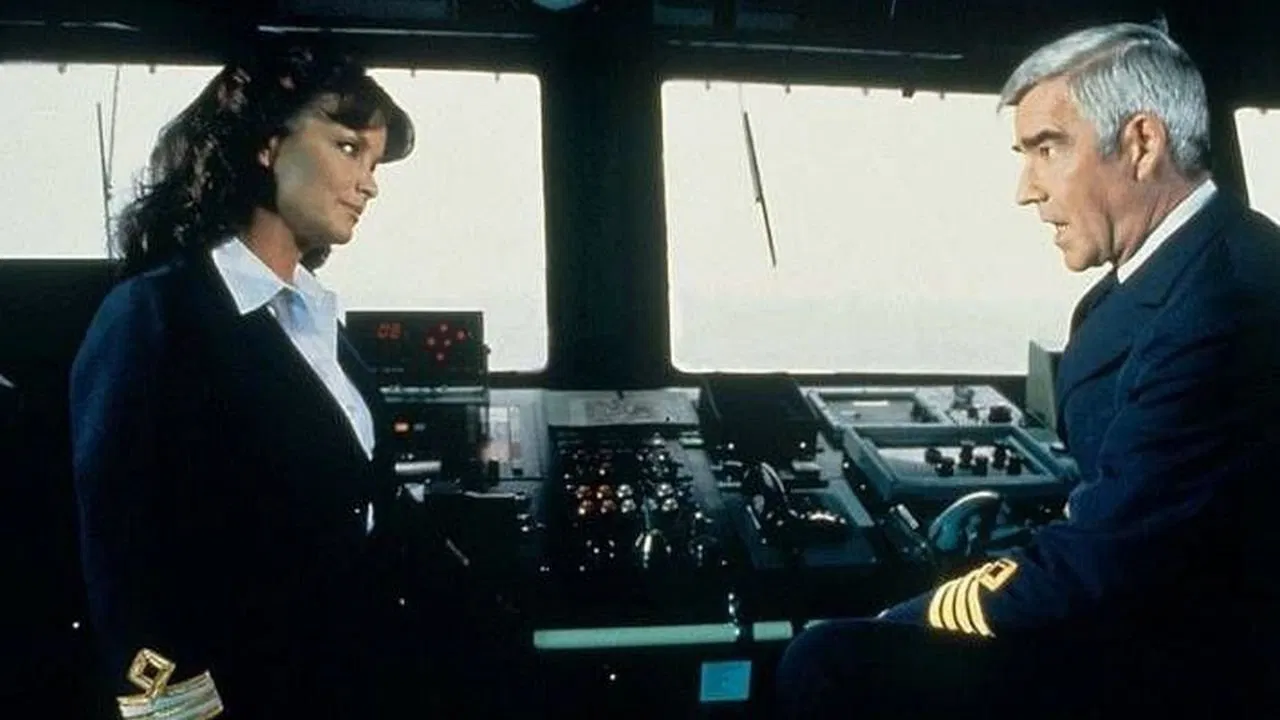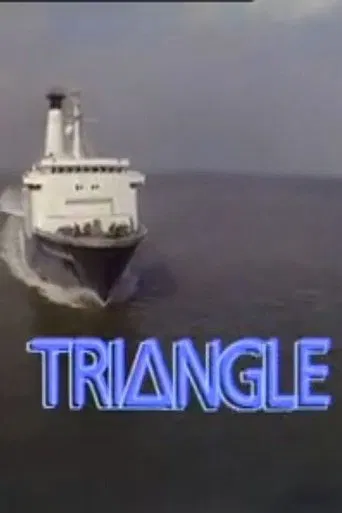

Re John Fernadez' comments on the technical limitations of the time, I worked on Triangle as a young sound assistant, and I believe the control track problems were mostly caused by the motion of the ship in rough seas and the effect this had on the motors in the VPR20 video recorders. We had 3 of these on board at any one time - the 2 not in use were usually broken down and were repaired by a vision engineer called Dave Hume who sat in a tiny cabin all day surrounded by polystyrene cups (blutacked to the nearest flat surface!) full of small screws and widgets removed from the sick machines. I guess we were really lucky that Dave didn't suffer from seasickness! An unsung hero,I feel.
... View MoreAs the previous, well informed, reviewer has noted 'Triangle' was an early 'EFP' effort. Electronic Field Production was to replace the usual 16mm film generally used for location work over the next ten or so years, but in 1981 was virtually unheard of. Video transmission in the 1980's was actually 25 years old, and well established, but some emerging technology used in Triangle was perhaps unwrapped a little before its time.The early 1980's marked a significant break point in TV's technical development. New, lightweight cameras from Japan (where else?) and Videotape recorders (VTR's) from the United States that finally weighed less than a small family saloon (and consequently didn't require the output of a small nuclear power station to make them run) were just available at that point. Portable versions were made by 'cramming' things in to smaller boxes and some brave individual in Birmingham (Triangle was based out of the now defunct, but then relatively spanking new Pebble Mill centre in Britain's second city) made the decision that it would work. It nearly did.Although the new cameras were neat, small, and notionally worked 'straight out of the box' they were still based on three vacuum tubes, and were vulnerable to shock, and even loud noises that caused the electrodes in the tubes to vibrate and affect the pictures. They also require careful line-up and would drift over time causing colour variations and registration (e.g. red/green edging) problems. The new VTR's too were subject to faults and I remember on more than one occasion watching Triangle slowing down and speeding up due to a poor control track (film has sprocket holes to drag it through the projector at the correct speed and framing, Videotape records electronic pulses - the control track - on the tape for the same reason. If they're poorly recorded or played back severe 'wow and flutter' result.)On the production side the scripts were limited to a kind of 'soap on water' (no pun intended) and the acting on occasions left a little to be desired. Those were the pitfalls, so what were the attractions? First and foremost was Kate O'Mara whose bust was something of a national obsession at the time. That figure, with Ms O'Mara, following some distance behind, had featured in many dramas from the 1950's and made many a young schoolboy cry himself to sleep. She's 65 now, but I bet would still turn as many heads as she did then. Sadly though this one didn't have much else to commend it, and I would guess it survived so long because of the momentum of the production effort required to get it going.Triangle was a turkey but a lucky one, surviving two Christmases. Inevitably though, it was consigned to the dustbin, taking a few careers with it. Quite a distinguished cast of British film and stage actors though, most of them seemed to survive the experience.
... View MoreIn genre, this series of 'Triangle' was probably more of a 'soap' than a serious drama. The programmes, being broadcast several times a week, would tend to confirm this view. The series was a brave experiment in the use of video. It was probably the first British drama to be entirely shot on the medium. A large percentage of the 'filming' was also done on location, including North Sea ferries. The technical costs were very high. The process of filming on ferries was also plagued by weather considerations, and power supply difficulties. The costs of transporting a technical crew, and performers, must have been huge. It is worth noting that, regardless of any problems in the production process, the screening also suffered from frequent breakdowns. Transmitted from a video source, picture-freezes, playback speed variations, picture break-up and so on, were very common. The acting could best be described as adequate, but was nearly always overshadowed by technical aberrations. The scripts were often very good, when considered alongside other 'soaps', and actually had some substance. Much of the filming was on location in Europe, and was visually very appealing, and competent. Had this series been made a few years later, it might still be with us now. 'Triangle' was a good idea, let down by the vagaries of an emergent technology. 'Triangle' was probably finally 'sunk' by the financial costs involved in production, and the difficulties in transmitting video. Whatever the problems, the series was highly entertaining to watch - other people's misfortunes have always provided the biggest laughs!
... View More